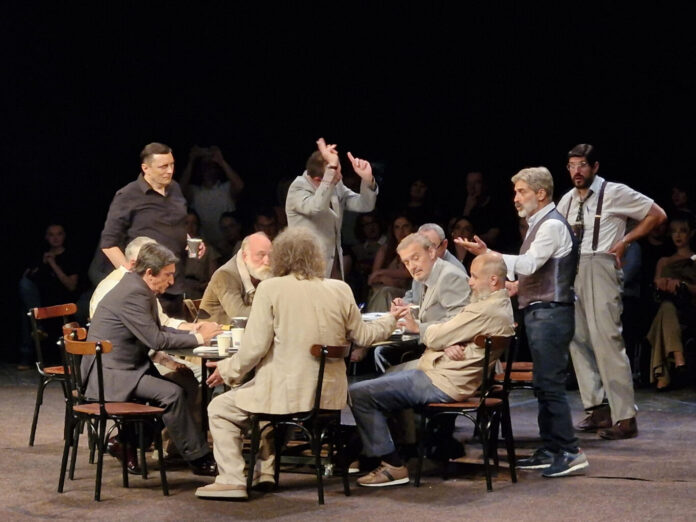Acceleration of completing another track
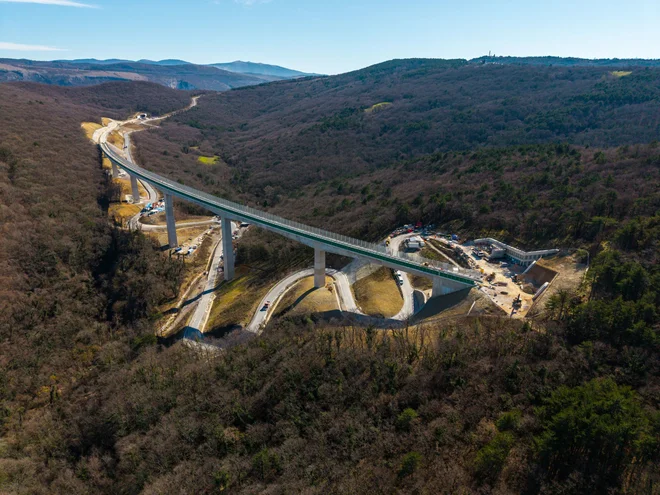
The project of the second track Divača -Koper will not be completed before the end of March 2027, if we are considered to be an end to obtain an operating permit, says Jadran Bajec, President of the Civil Supervision Project Council, in which they critically evaluated work on the track. In 2TDK, the reporting report replies that they never announced the operating permit by 31.
2TDK did not promise an operating permit by March 2026.
A more accurate date for completing the construction of the new railway line between Divača and Koper has become relevant in recent months, when about four -fifths of the work have been accumulated at the construction site and obstacles have accumulated, which is a serious challenge for subscribers and construction workers. The biggest problem is currently blocked accounts of the Turkish company, which makes the supporting partner in the consortium Kolektor CPG assumes the construction contractual obligations of the partner company Yapı Merkezi, which has slowed the work in the Beka tunnel months ago (T2). With a different organization of his workers and the hiring of additional subcontractors, the Kolektor has again accelerated work on the construction site in recent days. Thus, the second set is expected to be completed by summer and construction work (concreting) at the first set by the end of the year.
The Vinjan viaduct was designed by Marjan Pipenbaher and built by the CPG collector. This was also annoyed in a timely manner, as they also noticed an avalanche terrain here at the beginning of construction, which required a change of project. Photo 2TDK
According to some supervisors, the vast majority of tracks will be laid by the end of March 2026. No one can completely predict how unpredictable work will be affected by the final work due to the landslide terrain in the Glinščica valley. The avalanche rehabilitation project is before completing, the construction of support pilots and wells will certainly hinder the course of the work on the back of the new line in Glinščica for several months.
Research has not shown terrain movements
In a response report to the critical findings of the Civil Supervision Project Council, 2TDK replied that geological and geotechnical research had been conducted years before construction, extensive and larger than usually in large infrastructure projects, but nevertheless did not show all the complexity of the terrain at any stage, nor did they show that the terrain was shift. “The situation in the Glinščica valley only deviates in the fact that the sliding of the hill appeared unexpectedly late at the end of construction and without pre -predictable signs. On a 27.1 -kilometer route, the problem arose over a hundred meters long section. All major Slovenian design companies and several medium -sized ones participated in the research and design of the route. We anticipate that these companies were up to 50 with up to thousands of participating experts, ”they explained in 2TDK. “It was only during construction that geologists have first encountered smaller local gaps in flysch funds, which indicate the movements of the funds long ago in the geological past. Therefore, they also had to build additional support and support structures already when the road and the landscape of the Glinščica viaduct were already under construction. «
50
companies and 1000 experts
has been involved
when designing another track and no one noticed terrain movements
At 2TDK, they also rejected the Project Council of Insufficient Public Relations. Last year alone, in 49 different printed and electronic media, there were 1452 posts on 2TDK and the second track. The project council also accused 2TDK not sufficiently transparent display of reserved funds. They explained to the state -owned company that for the second time, the revelated investment program in the total amount of EUR 1,109 billion also has 90 million euros of additional reserve funds for the construction of the second track, of which EUR 73 million was already spent on the calculation of statutory price increases (recognized amount of price increase over ten percent). In addition, about € 33 million is earmarked for unforeseen karst phenomena. The rehabilitation of a large sliding hill, which threatens the intersection between the Glinščica Viaduct and the Lokev tunnel (portal), may require additional corrections to the investment program.
Nevertheless – the best guided and implemented project
Jadran Bajec emphasized the importance of very extensive control over the construction of the largest infrastructure project in the country. In addition to the Civil Project Council, normal construction controls, supernadzor, external quality control, decoration control, BIM project control, type of nature conservation and environmental control and inspections, investor rent experts for control of various fields are also engaged in control. All of these engineering services together represent a bold more than ten percent of the value of the construction, installation and craft implementation of the project, not taking into account the work of state and municipal officials and experts. It is precisely such supervision and the attentive monitoring of the public that the second track project is incomparably better organized, guided and efficient compared to similar infrastructure projects (TEŠ 6, third axis or tunnel of the Karavanke), Jadran Bajec told Jadran Bajec Work.
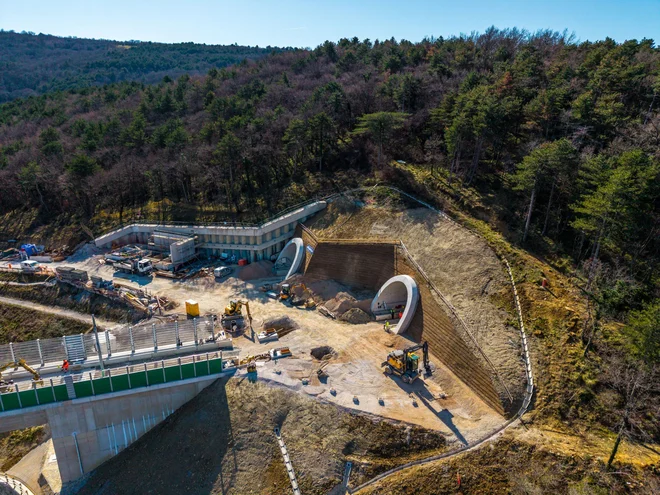
Such an image is shown by the link between the Diocese tunnel (T8) and the Vinjan viaduct. Photo 2TDK
The project is also a special feature from the financial perspective. The state has earmarked € 400 million, € 362 million is a loan of two banks, € 233 million is European grants, and more tens of million euros are expected to be completed. With the help of a special 2TDK law, some 100 million euros have been raised from the road tax and a transhipment fee in the port of Koper so far. In 45 years, 2TDK is expected to receive more than two billion euros from these fees. With this money, they will pay bank loans, reimburse the state input, and spend more than a billion pay for reach, that is, the cost of managing and maintaining the track. No other railway track in the country has such a source.

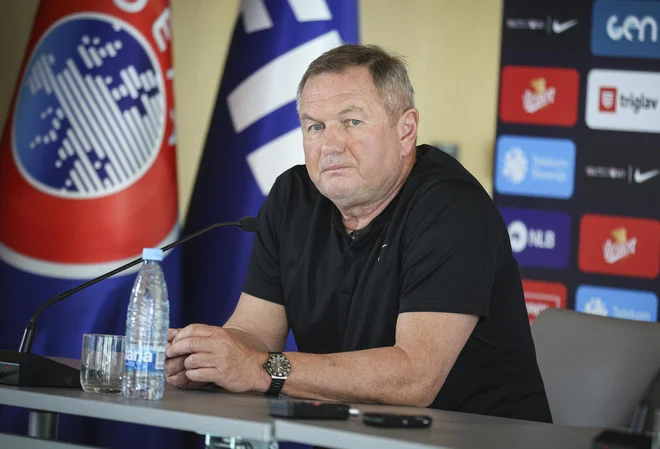
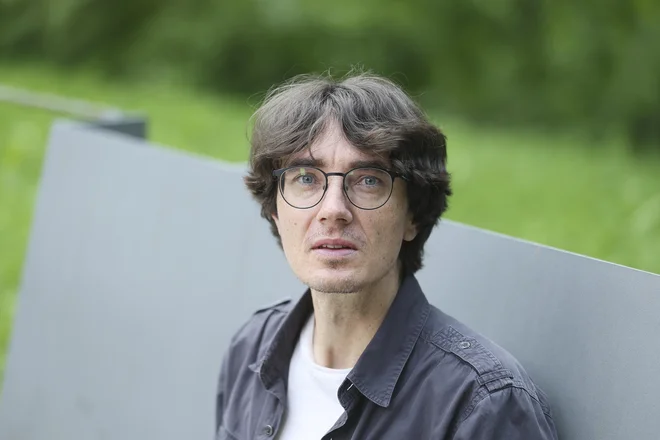
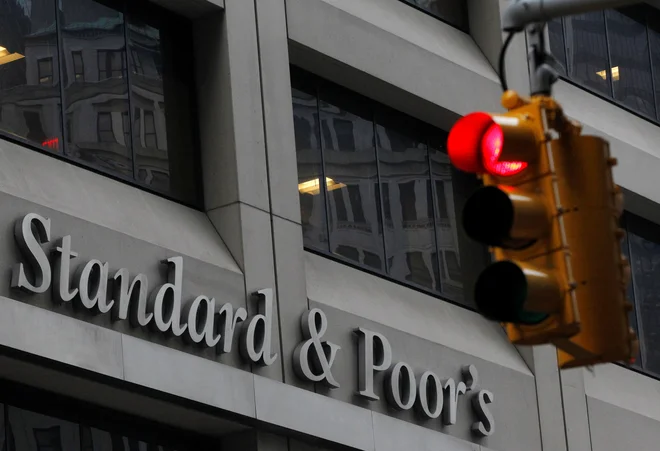
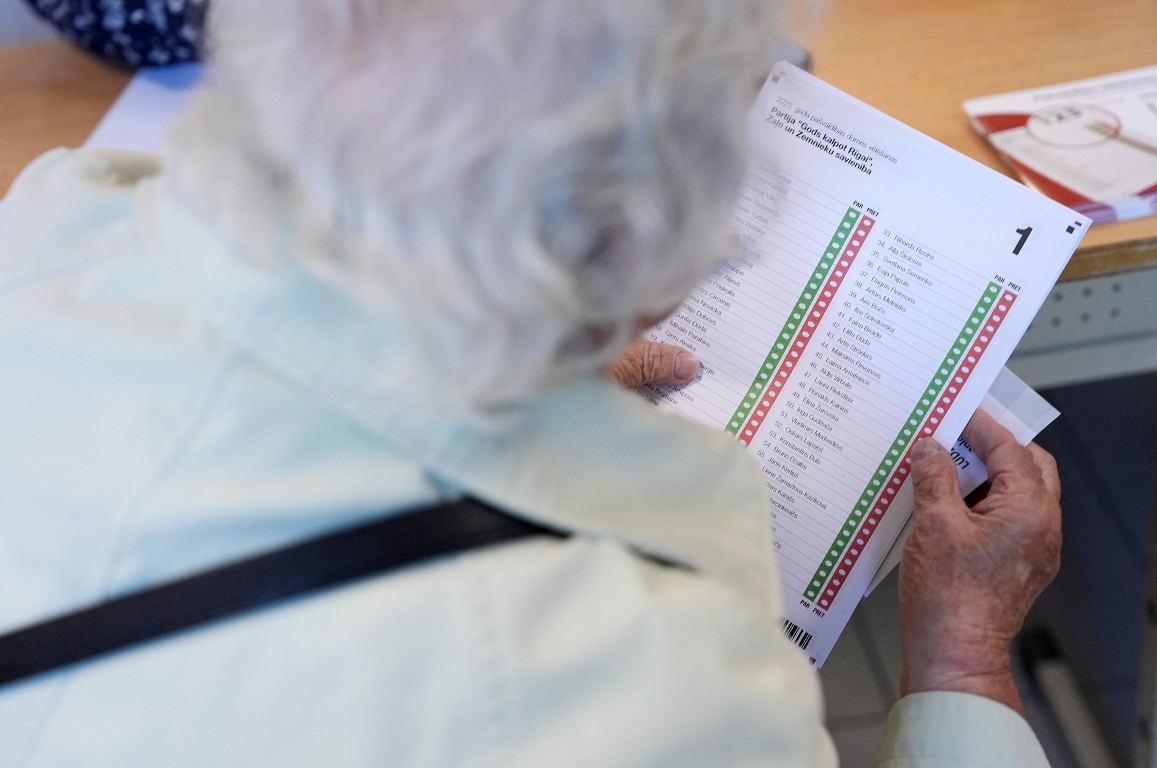
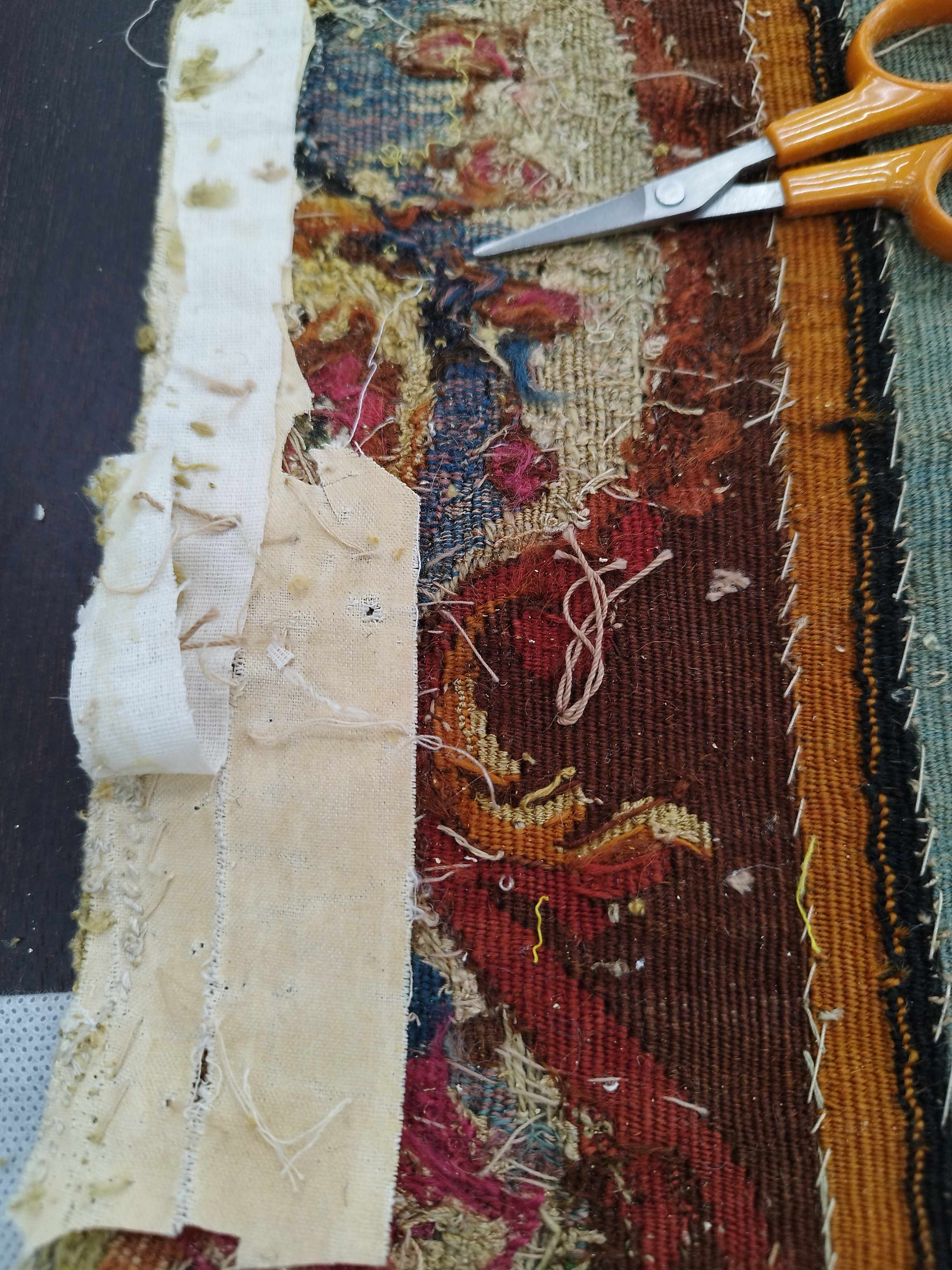
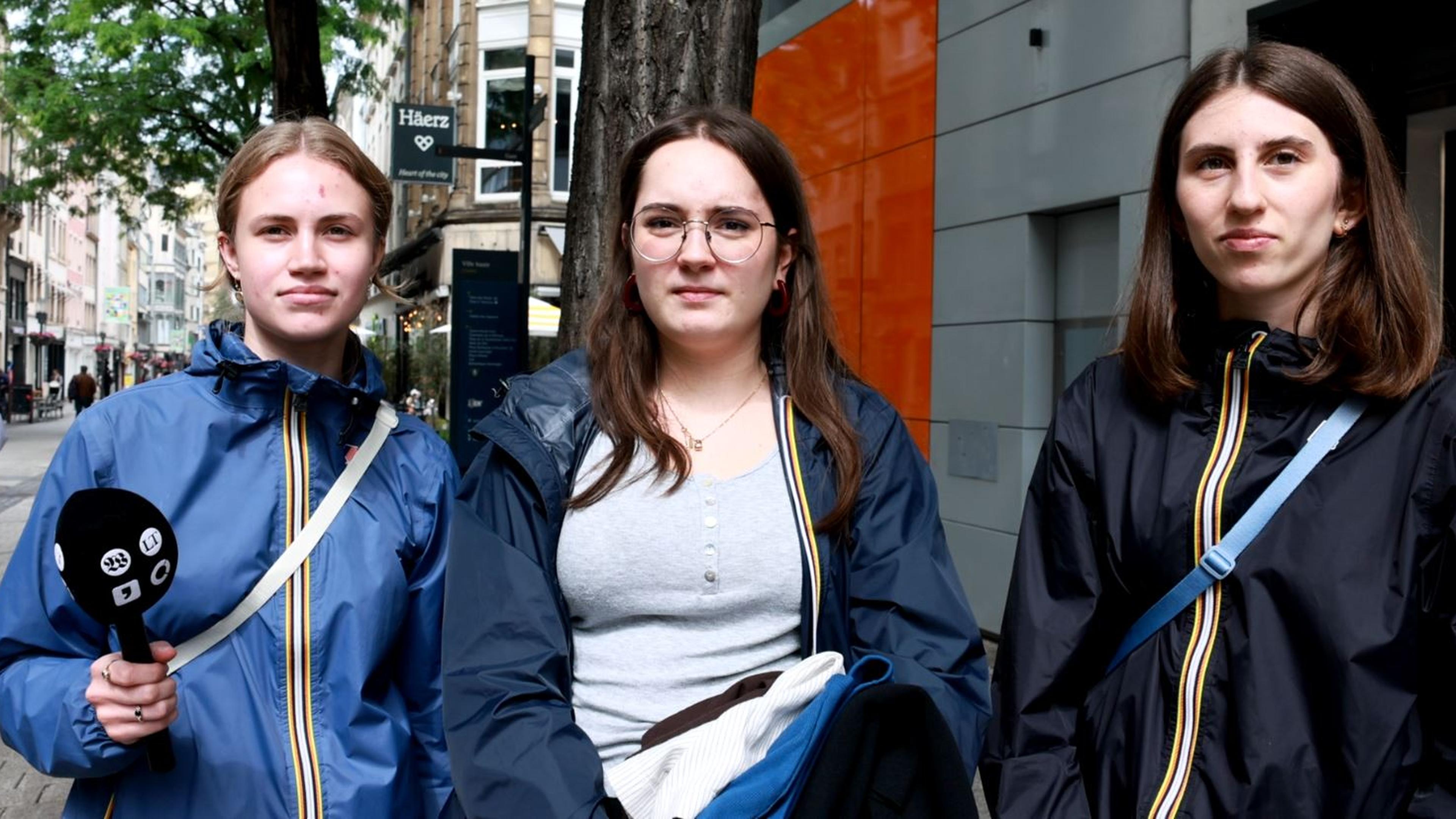
:format(webp)/s3/static.nrc.nl/images/gn4/stripped/data132512191-bf7b93.jpg)
